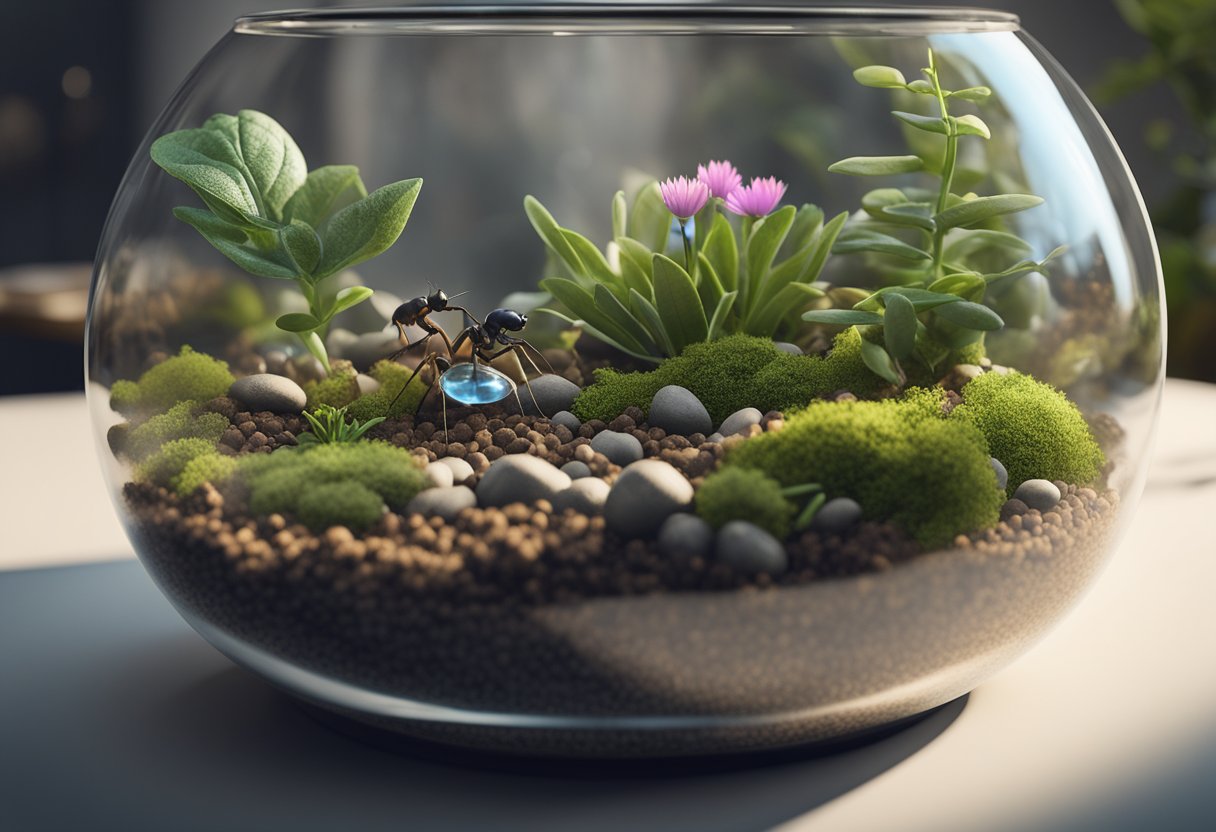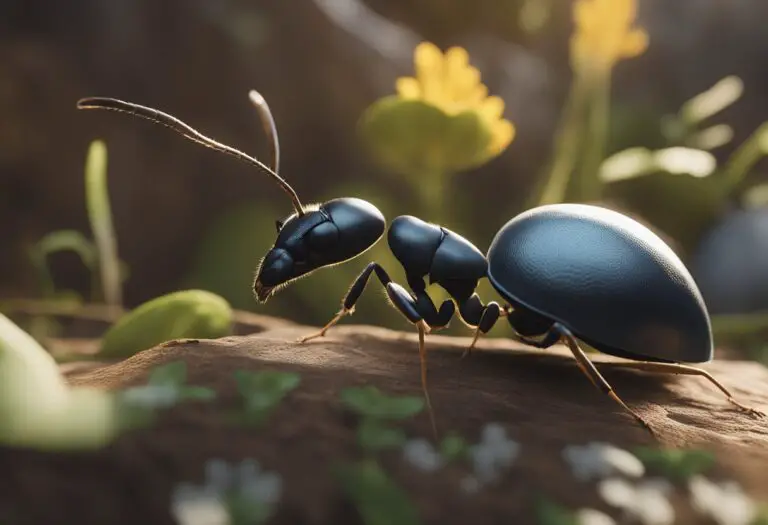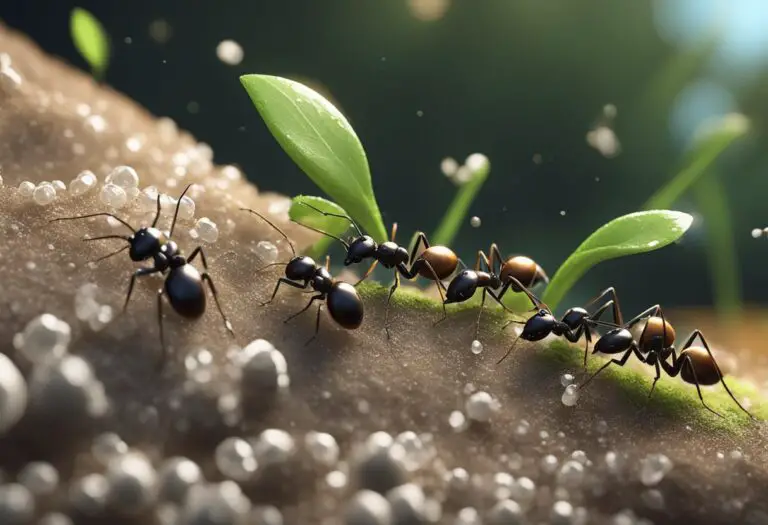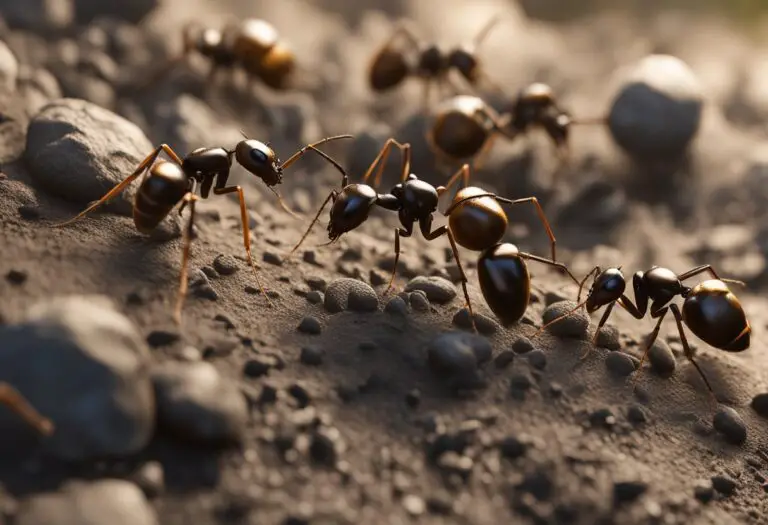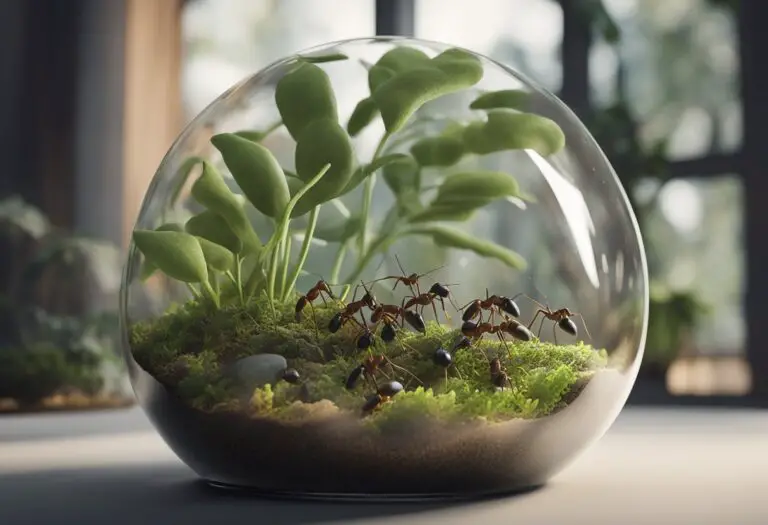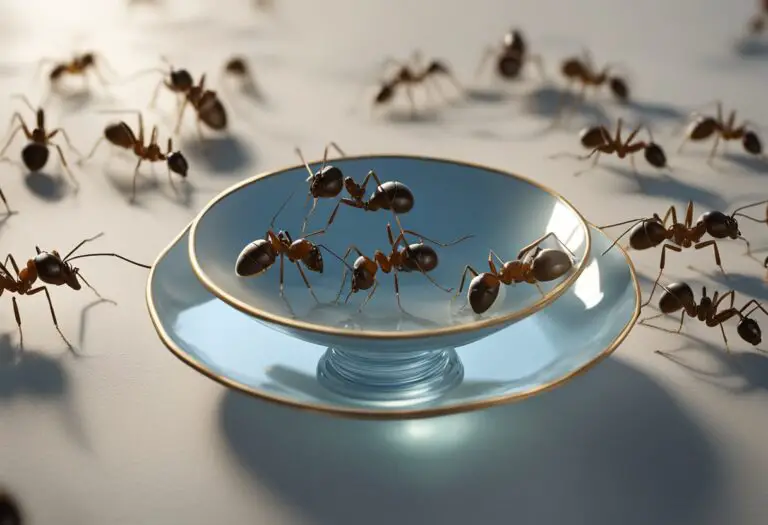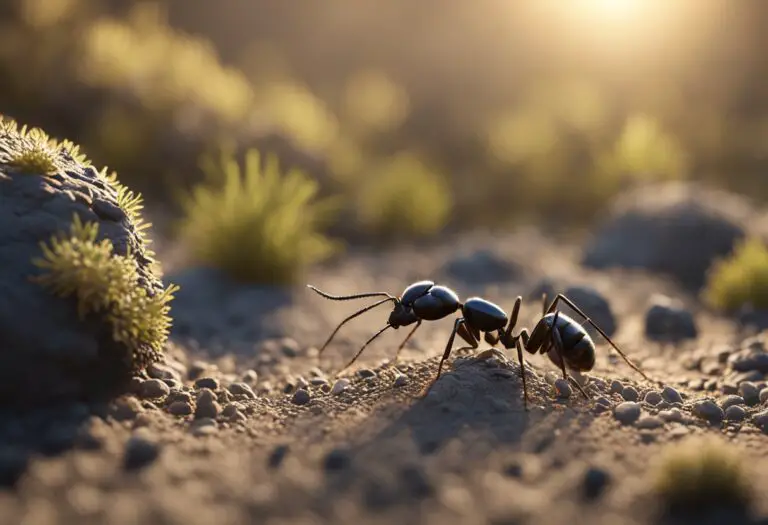What Equipment is Needed for Ant Care?
Ants can be fascinating creatures to observe and care for. Whether you are a beginner or an experienced ant keeper, having the right equipment is essential to ensure the health and wellbeing of your colony. In this article, we will explore the equipment needed for ant care, from the basics to the more advanced.
First and foremost, a suitable enclosure is necessary for keeping ants. The type of enclosure required will depend on the species of ant you are keeping, as well as the size of the colony. Some popular options include test tubes, formicariums, and hybrid nests. It is important to ensure that the enclosure is escape-proof, has proper ventilation, and is easy to clean.
In addition to the enclosure, other essential equipment includes a water source, food, and a substrate. Ants require a source of clean water, which can be provided through a test tube or water feeder. Food can be provided in various forms, such as sugar water, honey, or insects. The substrate, which serves as the nest area for the ants, can be made from materials like sand, soil, or a combination of both. With the right equipment, ant keeping can be a rewarding and educational hobby.
Basic Ant Habitat Requirements

Ants are fascinating creatures that require specific conditions to thrive. Providing the right habitat is crucial for their health and well-being. Here are the basic requirements for an ant habitat:
Formicarium
A formicarium is an artificial nest that mimics the natural environment of ants. It should have enough space to accommodate the colony and provide a comfortable living environment. The formicarium should also have a secure lid to prevent the ants from escaping.
Outworld
An outworld is an area outside of the formicarium where ants can forage for food and explore. It should be large enough to allow the ants to move freely and have different levels of terrain. The outworld should also have a lid to prevent the ants from escaping.
Heating and Temperature Control
Ants are ectothermic, meaning they rely on external sources of heat to regulate their body temperature. The habitat should have a heating source, such as a heat mat, to maintain a constant temperature. The temperature should be kept within the range suitable for the ant species.
Hydration and Humidity Control
Ants require a source of water to survive. The habitat should have a water source, such as a test tube or water bowl, to provide the ants with access to water. The humidity level should also be maintained within the range suitable for the ant species.
Overall, providing a suitable habitat is essential for the health and well-being of ants. By following the basic requirements outlined above, you can create a comfortable and safe environment for your ant colony to thrive.
Feeding Essentials

Food and Water Dishes
One of the most basic feeding essentials for ants is a food and water dish. These dishes should be shallow and easy to clean, and should be placed in an area of the ant habitat that is easily accessible to the ants. It is important to keep the dishes clean and free of debris, as any leftover food or water can attract mold or harmful bacteria.
Nutrition and Diet
Ants require a balanced diet to maintain their health and well-being. In addition to providing them with a source of water and sugar, it is important to offer them a variety of foods that are rich in protein and other essential nutrients. Some good options for ant food include fruits, vegetables, small insects, and even seeds and nuts.
It is important to avoid feeding ants anything that is toxic or harmful to their health. This includes foods that are high in sugar or fat, as well as any foods that contain pesticides or other chemicals. By providing ants with a nutritious and balanced diet, you can help ensure that they stay healthy and happy for years to come.
Maintenance Tools

Cleaning Supplies
Keeping the ant habitat clean is crucial for the health and well-being of the ants. The following cleaning supplies are necessary for maintaining a clean and healthy environment for the ants:
- Vinegar Solution: A vinegar solution is an effective and natural way to clean the ant habitat. Mix one part vinegar with three parts water and use a spray bottle to apply the solution to the habitat. Allow the solution to sit for a few minutes before wiping it away with a clean cloth.
- Soap and Water: A mild soap and warm water can also be used to clean the ant habitat. Be sure to rinse thoroughly to remove any soap residue.
- Ant-Safe Disinfectant: An ant-safe disinfectant can be used to sanitize the ant habitat. Be sure to follow the manufacturer’s instructions carefully.
Ant Handling Equipment
When handling ants, it is important to have the right tools to avoid harming the ants or yourself. Here are some essential ant handling equipment:
- Tweezers: Tweezers are useful for picking up individual ants without harming them. Be sure to use plastic or metal tweezers, not ones with sharp edges.
- Magnifying Glass: A magnifying glass can help you see the ants more clearly and make it easier to handle them.
- Ant Brush: An ant brush is a soft-bristled brush that can be used to gently move ants from one location to another.
- Ant Farm Tool Kit: An ant farm tool kit typically includes tweezers, a magnifying glass, and an ant brush, as well as other useful tools for ant care.
By having the right maintenance tools, ant owners can ensure that their ants are healthy and happy in their habitat.
Monitoring and Observation

Magnifying Glass
One of the essential tools for monitoring and observing ants is a magnifying glass. It allows the ant keeper to get a closer look at the ants’ behavior, physical characteristics, and movements. A magnifying glass with a magnification of 5x to 10x is recommended for ant care. It is also important to choose a magnifying glass with good clarity and a comfortable grip.
Thermometer and Hygrometer
Maintaining the proper temperature and humidity levels is crucial for the health and well-being of ants. A thermometer and hygrometer are necessary tools to monitor these conditions. A thermometer helps to measure the temperature in the ant’s habitat, while a hygrometer measures the humidity levels. It is recommended to keep the temperature between 20 and 25°C (68-77°F) and humidity levels between 50% and 70% for most ant species.
Using these tools, ant keepers can observe and monitor their ants’ behavior, ensure their habitat is suitable, and make necessary adjustments to maintain their health.
Expansion and Growth

Ant colonies grow quickly, and as they do, they require additional space to thrive. To ensure that your ant colony is healthy and happy, it is important to provide them with the equipment they need to expand and grow.
Additional Nesting Space
Ants require additional nesting space as their colony grows. This can be achieved by providing them with additional nesting boxes. These boxes should be made of a material that is easy to clean and maintain, such as plastic or glass. It is important to ensure that the new nesting box is connected to the old one, so that the ants can easily move between them.
Connectors and Tubing
To connect the new nesting box to the old one, connectors and tubing are required. These connectors should be made of a material that is safe for ants to climb on, such as plastic or glass. It is important to ensure that the connectors are securely attached to both the old and new nesting boxes, so that the ants cannot escape.
In addition to providing additional nesting space, it is important to ensure that the ants have access to food and water. This can be achieved by providing them with a feeding dish and a water source. It is important to clean these regularly to prevent the growth of bacteria and mold.
By providing your ant colony with the equipment they need to expand and grow, you can ensure that they are healthy and happy. With the proper care and attention, your ant colony will thrive and provide you with years of enjoyment.

